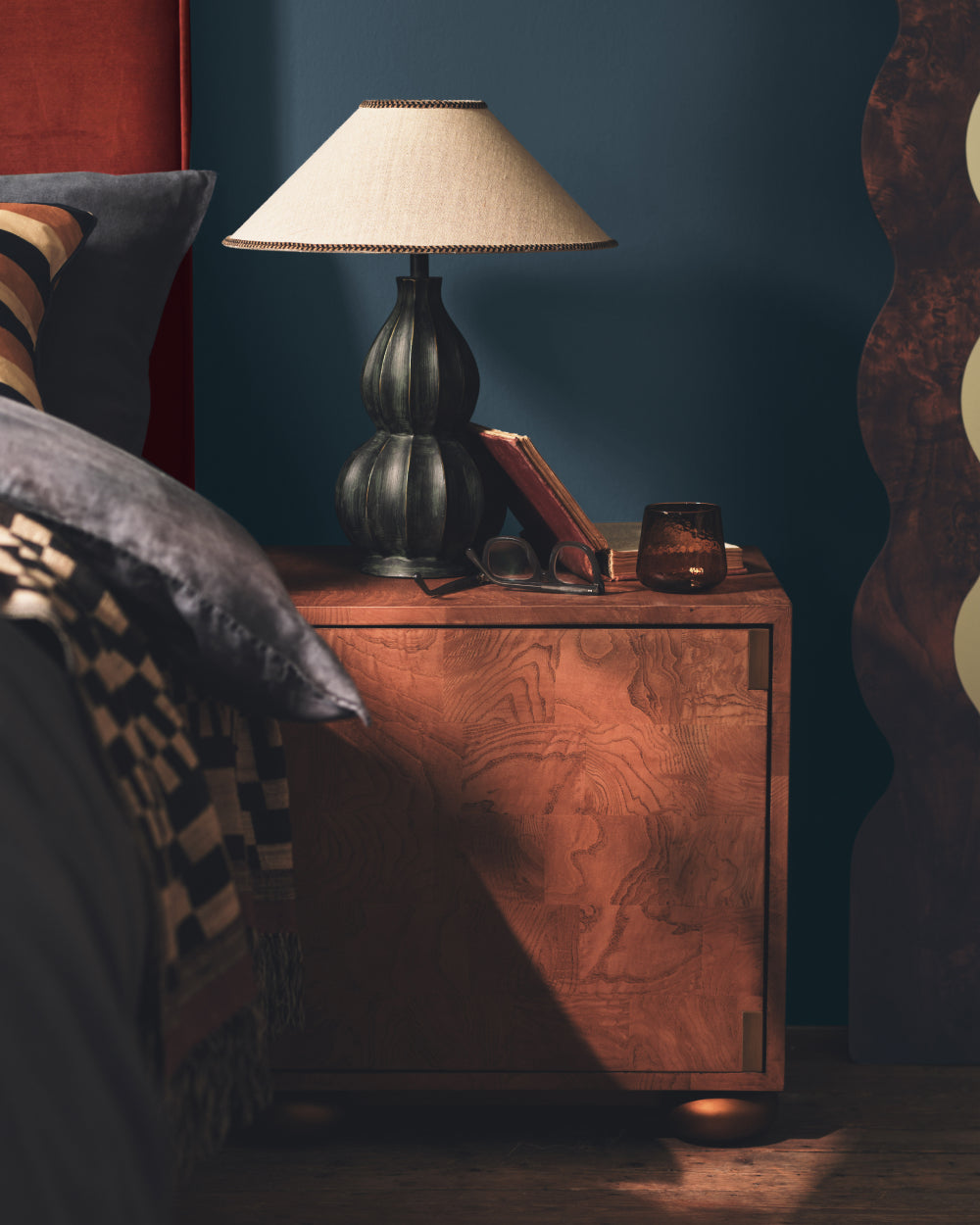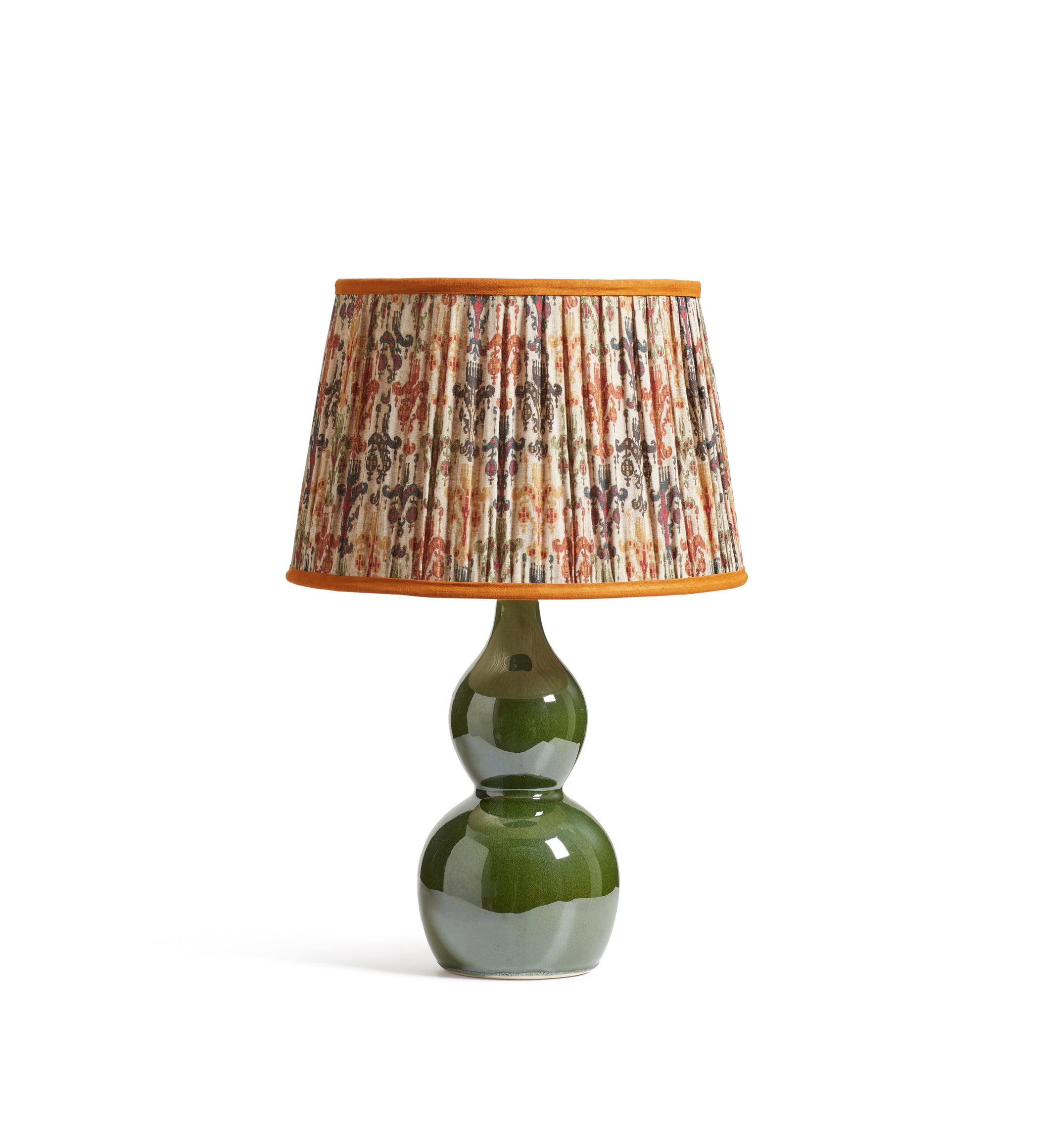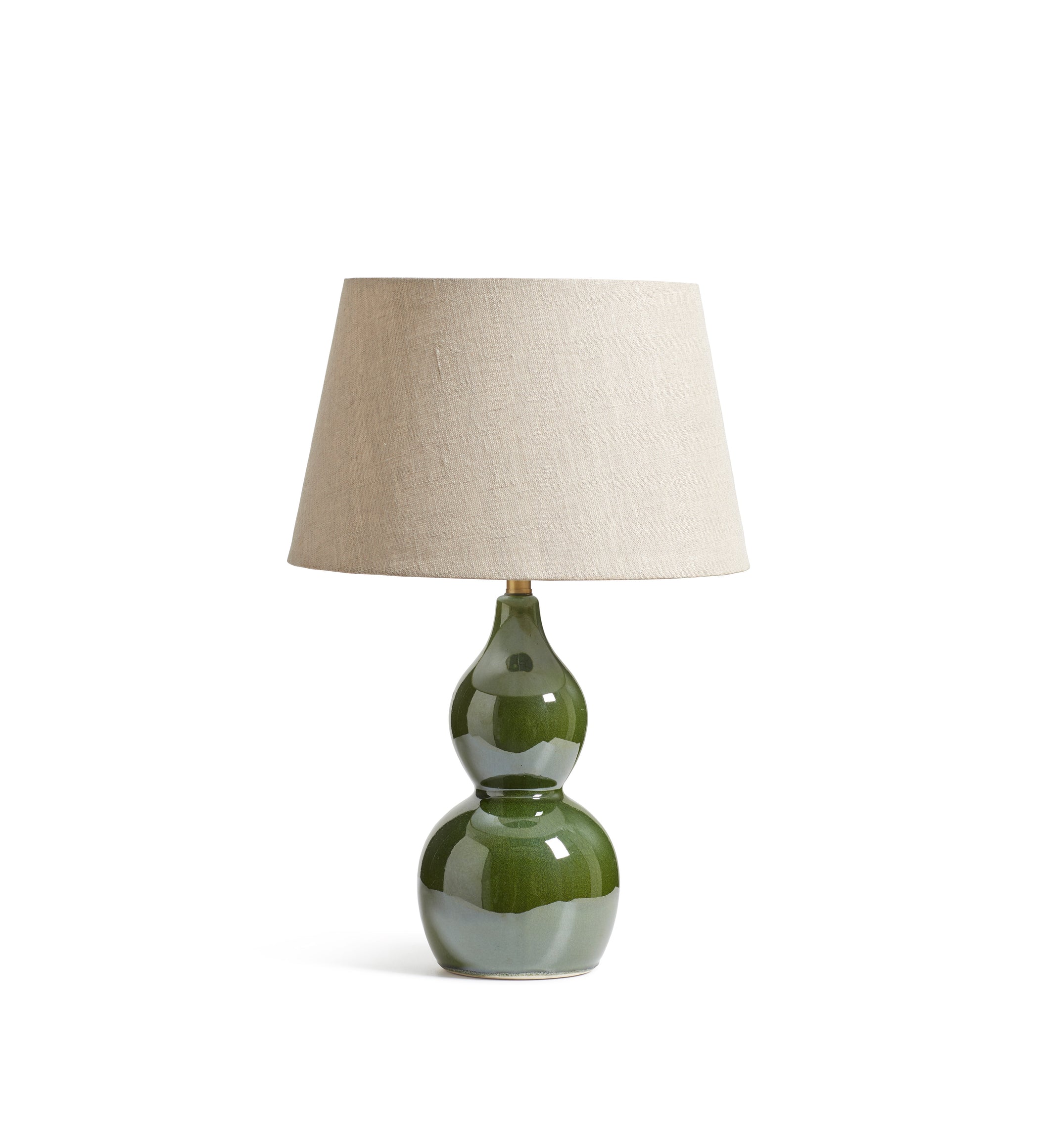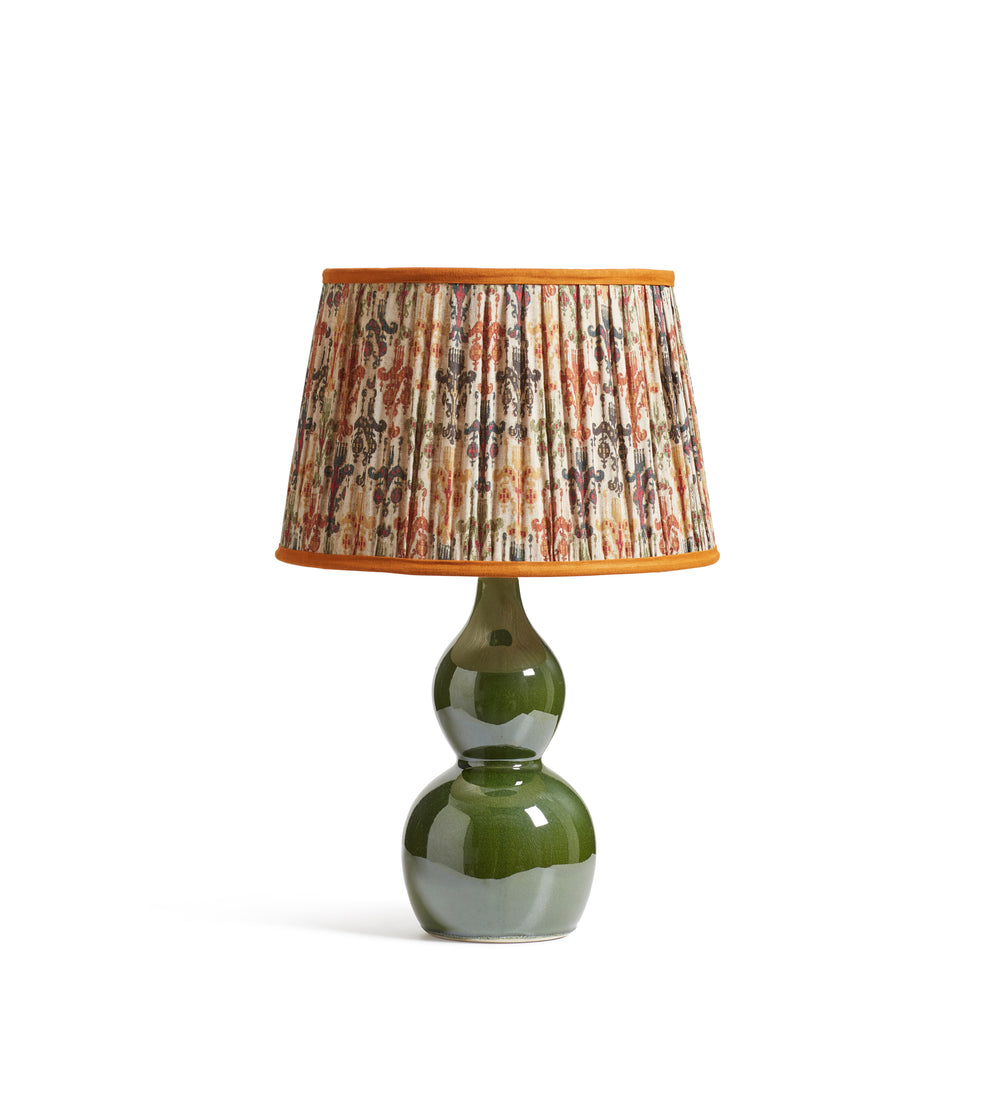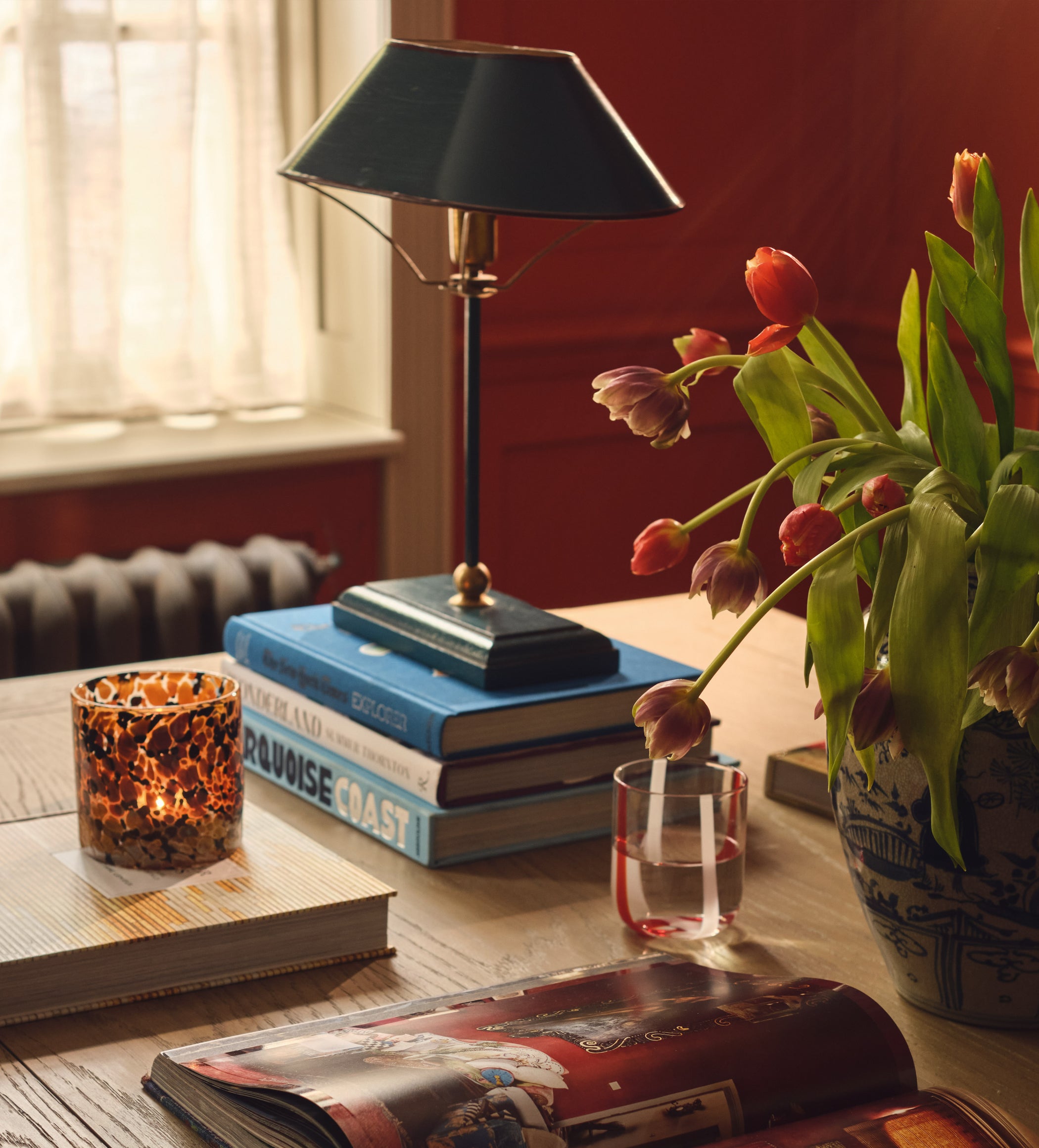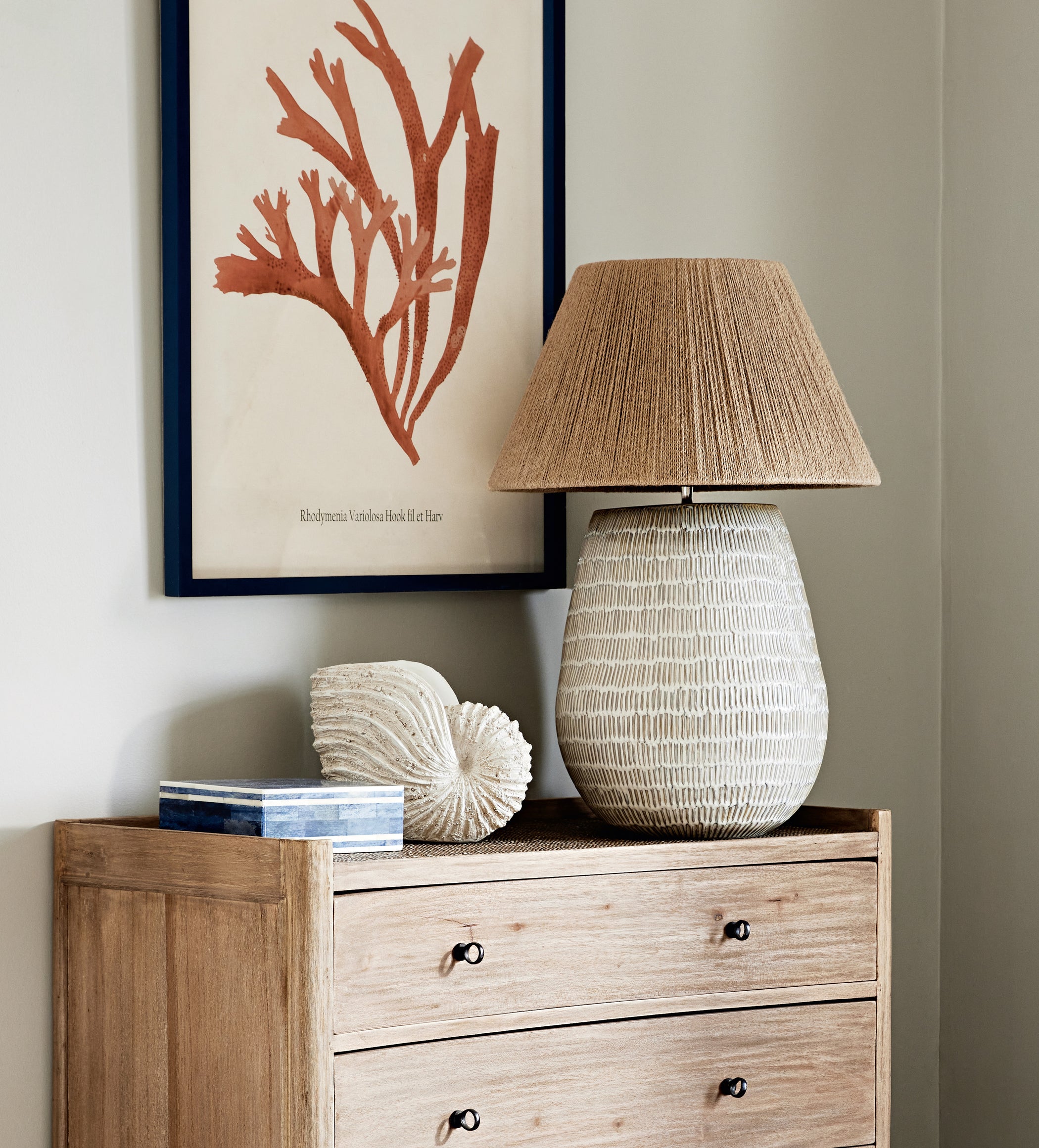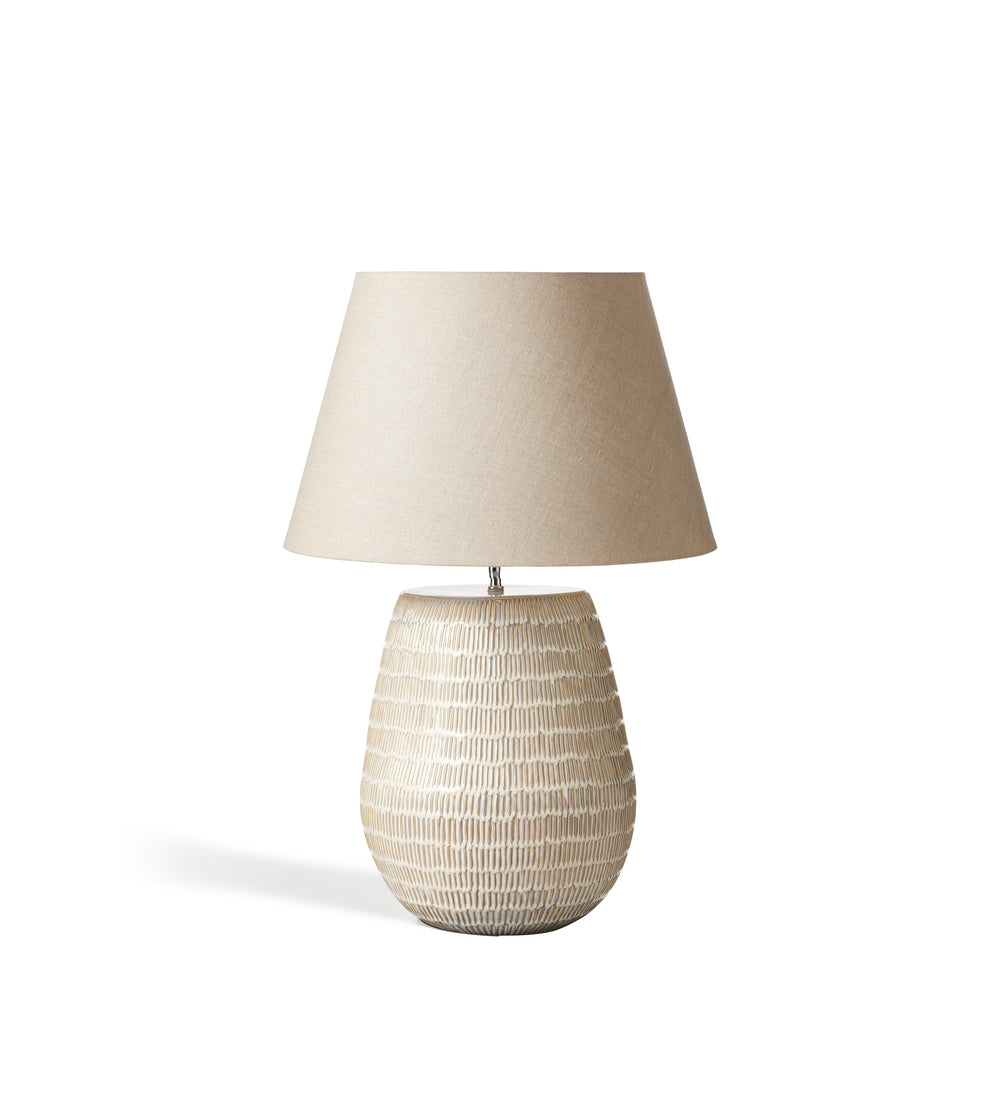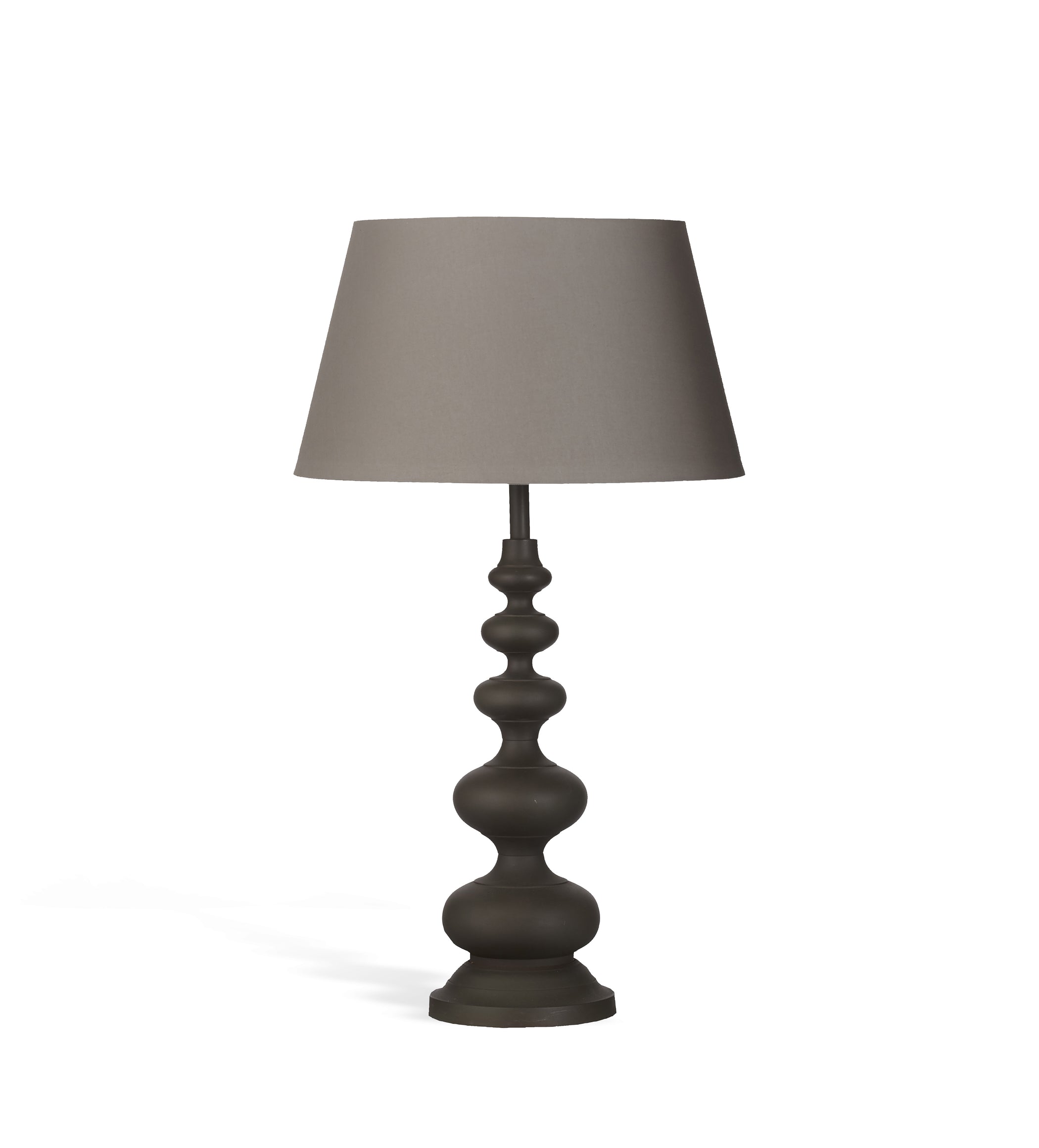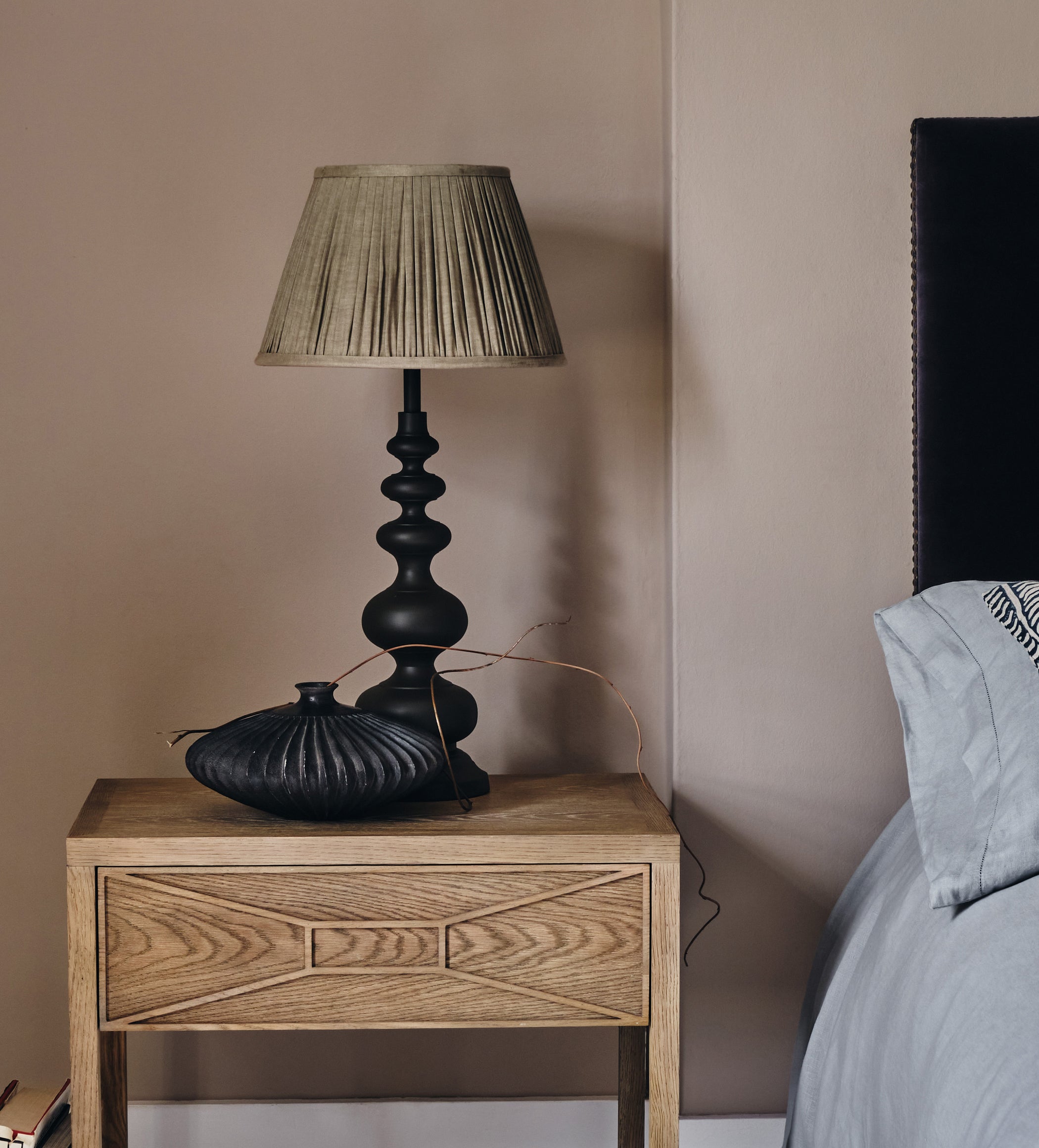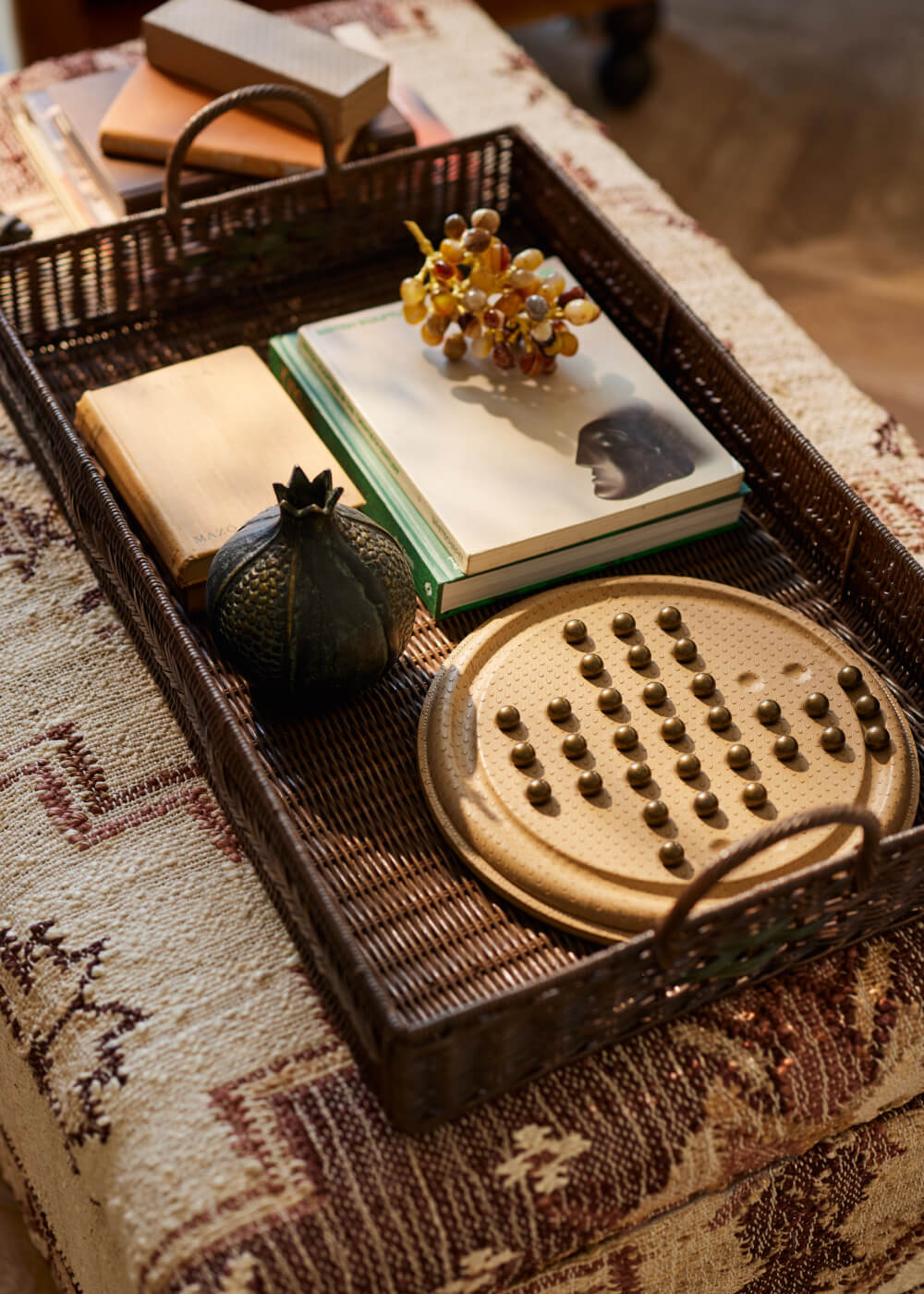There’s nothing quite like snuggling into your bedroom – gently lit by the ambient glow of a table lamp – only to reach over to switch the light off, knock the oversized lampshade and send the entire contents of your bedside table tumbling to the floor. It's hardly a relaxing way to ease into a good night’s sleep, which really serves to underline the importance of finding the right lamp for your bedside table. Is it so difficult to find a lamp that’s large enough to throw good light to read by, but not so sizeable that it towers over the bed and takes up all the available space on top of your bedside storage, at the same time as looking good?
When we think of it like that, it can sound a little overwhelming, so we consulted lighting specialist Sally Storey, Creative Director at John Cullen, to find out what to watch out for when choosing bedside lighting that’s a good fit for your space and style.





